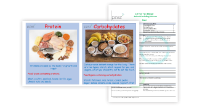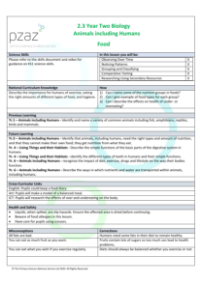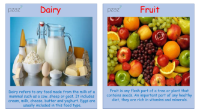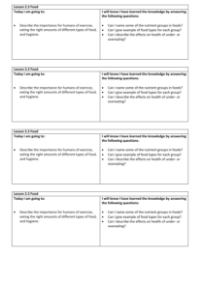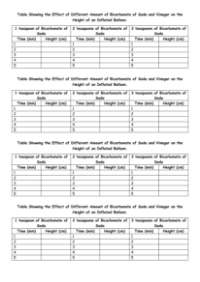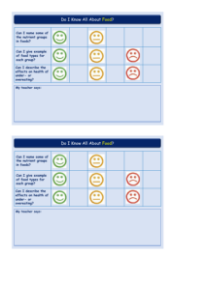Food - Teacher Explanation

Science Resource Description
Welcome to Lesson 2.3 on 'Food' within the Year 2 unit 'Animals, Including Humans'. This lesson is designed to meet the national curriculum requirements for pupils, encouraging them to understand the importance of exercise, a balanced diet, consuming various types of food in the right amounts, and maintaining good hygiene. During this lesson, pupils will engage in activities that may involve liquids, so it's important to promptly clean up any spills to avoid slip hazards. Additionally, teachers should be attentive to any food allergies among the pupils and exercise caution as scissors will be used. The lesson offers cross-curricular opportunities, including writing a food diary to support English skills, creating a model of a balanced meal to link with art, and researching nutritional effects on the body, integrating ICT.
The lesson begins with a survey where pupils share what they ate the previous evening, creating a non-judgmental and diverse list of foods on the board without categorisation. Following this, the lesson introduces nutrient types and food classifications, utilising food labels and nutrient cards to help pupils associate certain foods with their respective food types and the nutrients they contain. The practical segment of the lesson involves an experiment with bicarbonate soda and vinegar to demonstrate why certain foods can make us feel bloated. Pupils will observe the gas produced by this reaction, drawing parallels to digestive processes in the body. Finally, the session concludes with a research task using learning pads to investigate the effects of overeating and undereating, and a creative activity where pupils construct a model of a balanced meal, demonstrating their understanding and justifying their choices for each food group represented on their plate.

